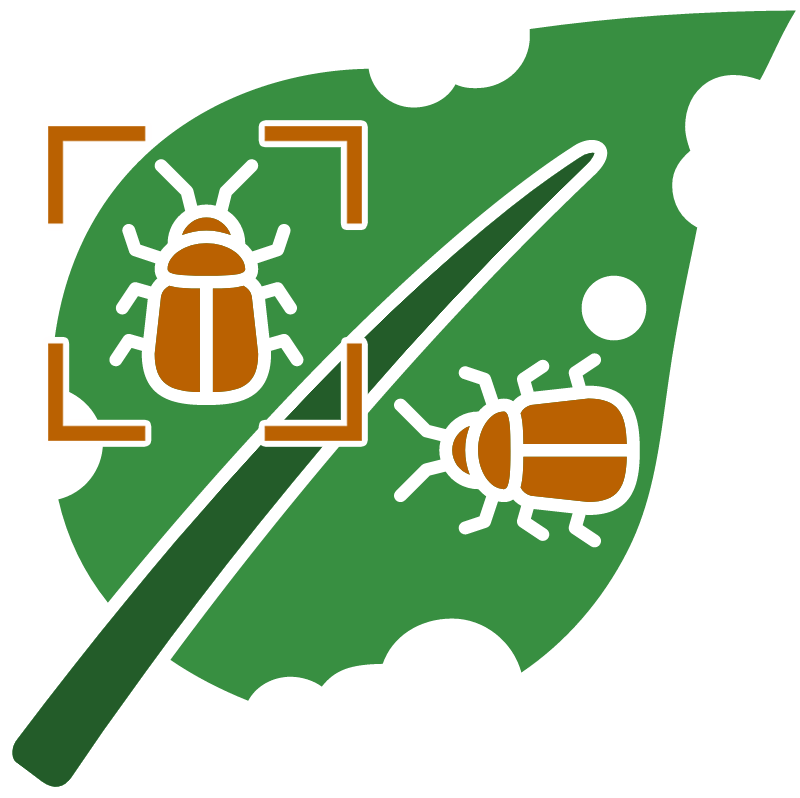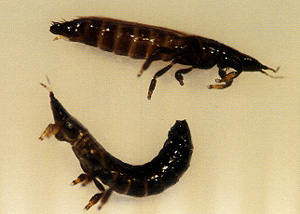Barley thrips (Limothrips denticornis)
Biology and life history: Barley thrips occurs in Europe, where it is native, Iran, Turkey, Australia and North America, including the Canadian provinces, Idaho, Washington state and Oregon. Adults are dark brown to black and 1.2 to 1.8 mm long and appear to be pointed on both ends. Immatures are white or light yellow to transparent and difficult to see. All forms differ from other thrips in having a tooth-like projection from the third antennal segment. A hand lens is recommended for identification. They can be found between leaf sheafs and stem of infested plants. They can be present throughout the season feeding and reproducing on the plants and flowers.
Host plants and crop damage: Their host range includes several commercial small grains, but they have been recorded as a pest only on barley, especially in dryland systems under some drought stress. They feed by lacerating plant tissues and sucking out cell contents. Feeding can cause the upper portion of the plant to turn white. The visible damage can be patchy in affected fields. Barley heads sometimes do not emerge properly from damaged plants.
Management: There are no known effective biological control agents for this pest. Foliar insecticidal sprays can be effective, and several products registered. There are no formal guidelines or thresholds for deciding when to apply pesticides for barley thrips. Due to their small size, and in the absence of scouting, their presence is usually recognized later into the season; foliar applications after heading would not results in any economic return.

